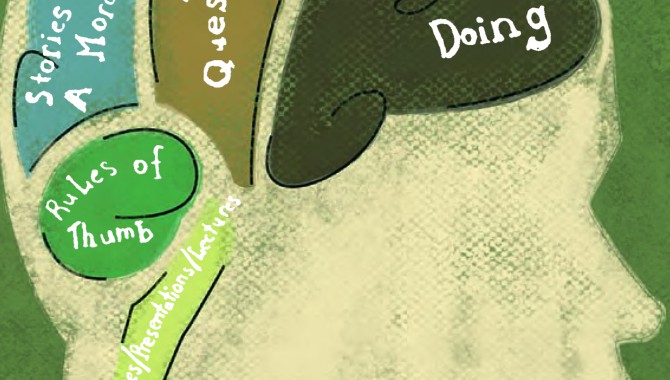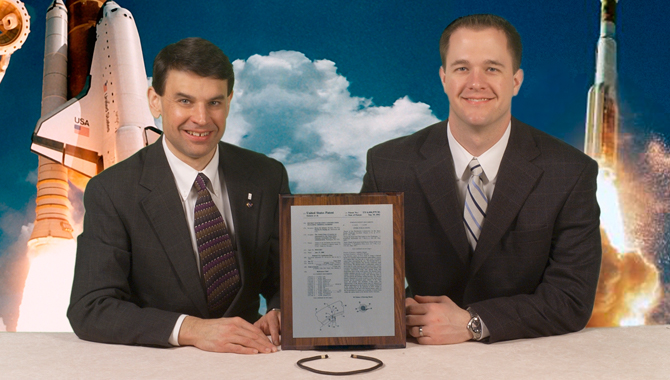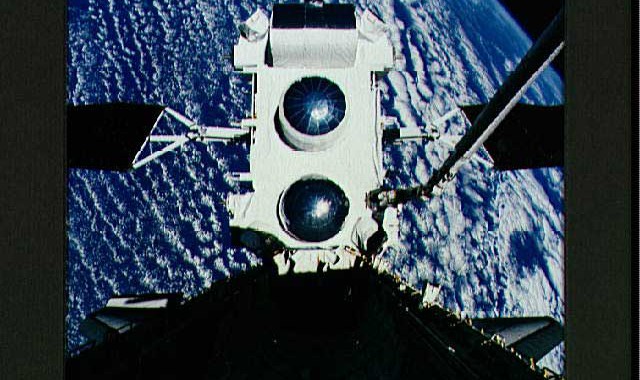
Dorothy Leonard and Walter Swap By 2006, almost half of NASA’s workers will be eligible for retirement, many of them in science and engineering.

Dorothy Leonard and Walter Swap By 2006, almost half of NASA’s workers will be eligible for retirement, many of them in science and engineering.
By Don Cohen Shortly after he took on the job of Chief Engineer, Chris Scolese talked with Don Cohen about leadership, learning, and NASA’s new mission.
Roger Forsgren When Congress established NASA under the Space Act of 1958, it realized that the new Agency created to answer the Cold War challenge of Sputnik needed to be a fertile ground for scientific and engineering ingenuity.
Michael Allen On a spring day at Edwards Air Force Base, someone pointed overhead to a flock of migrating white pelicans soaring gracefully in formation.
By Laurence Prusak We are clearly living in a “Knowledge Age.” Wherever you look, you find books, articles, programs, courses, advertisements, and degree programs using the word “knowledge” in some way to distinguish itself or its contents.

Laurie Stauber A phone call from a concerned Thiokol engineer in 1997 led Dr. Bruce Steinetz and Mr. Patrick Dunlap of the Glenn Research Center to work on developing a flexible barrier that could withstand the extreme temperatures generated by solid rocket motors.

Darren Bedell As the final “go for launch” was given for the Mars Reconnaissance Orbiter (MRO) mission on the Atlas V 401 launch vehicle, the hair on my arms stood up. The pride of what we were about to accomplish, and the nervous tension of really knowing the risks of space flight, had come to […]
By Jon Boyle “It doesn’t look good in terms of the schedule. I don’t see any way we are going to make the delivery deadline,” our project manager said.

By Marty Davis The seventeen-ton Compton Gamma-Ray Observatory (or CGRO), launched aboard the space shuttle Atlantis on April 5, 1991, was, at the time, the heaviest astrophysical payload ever flown.